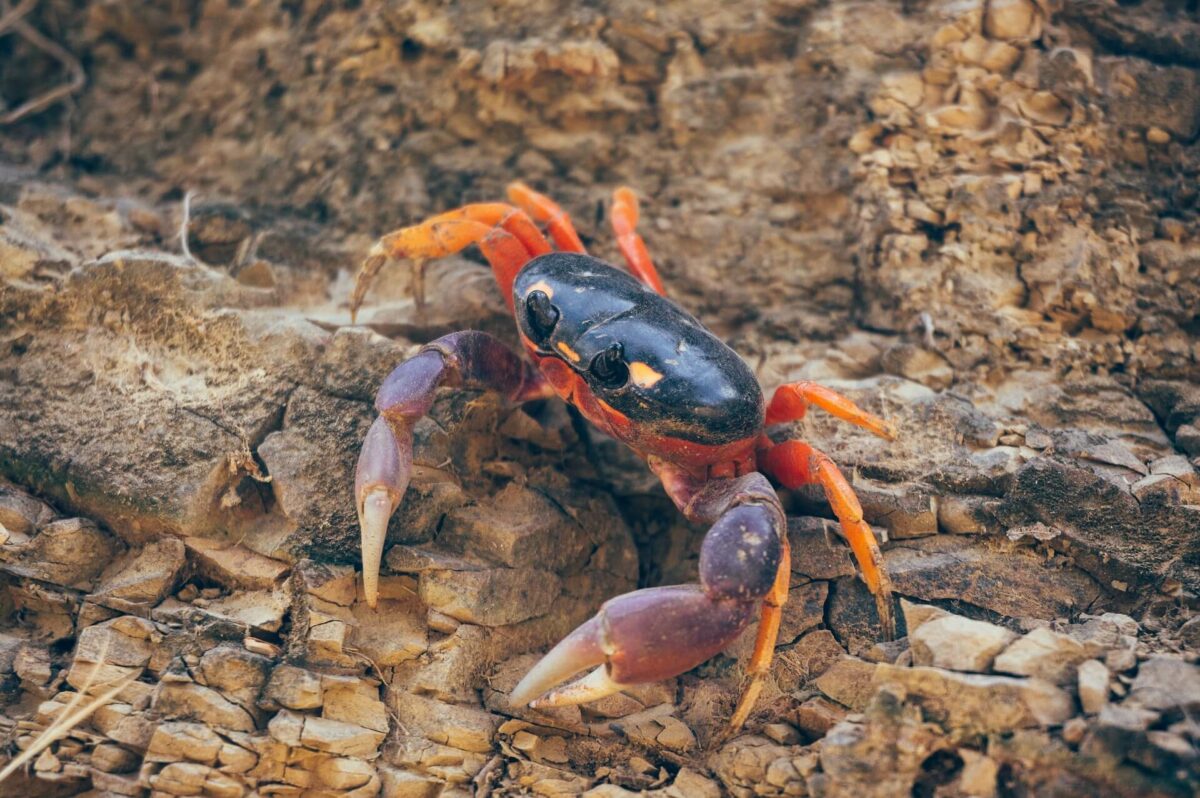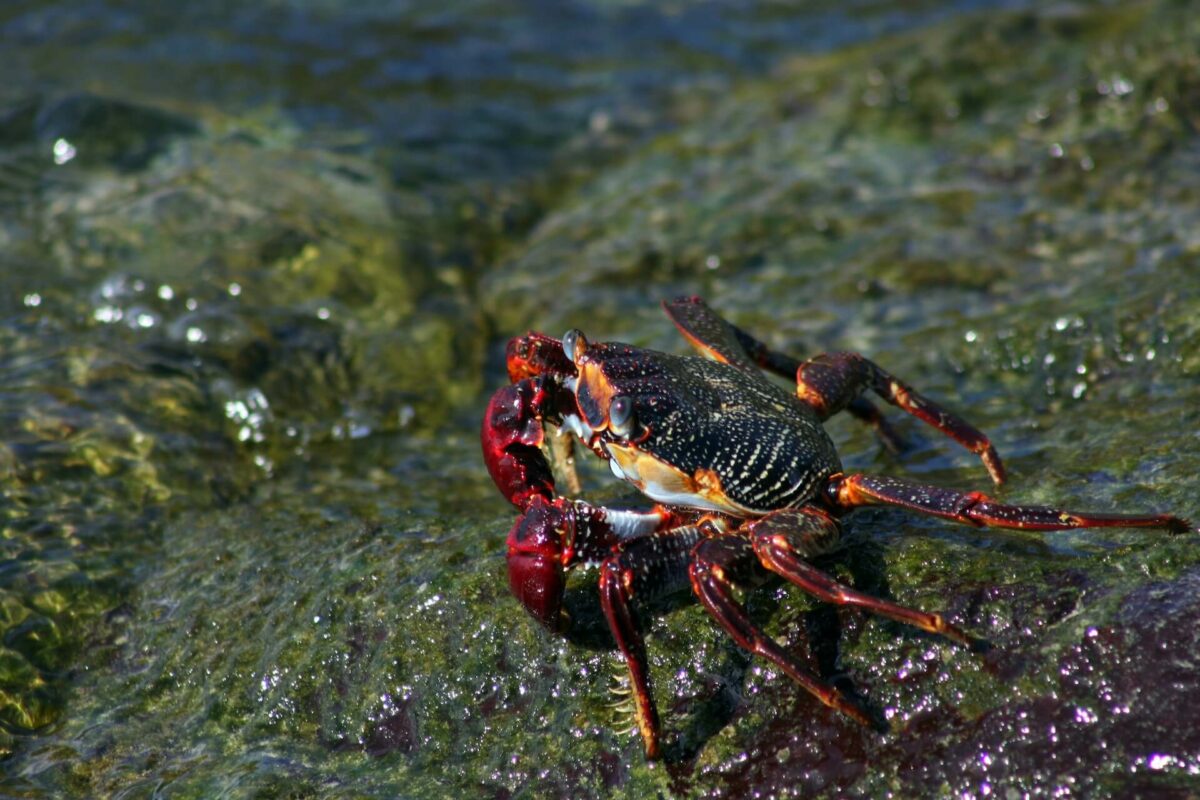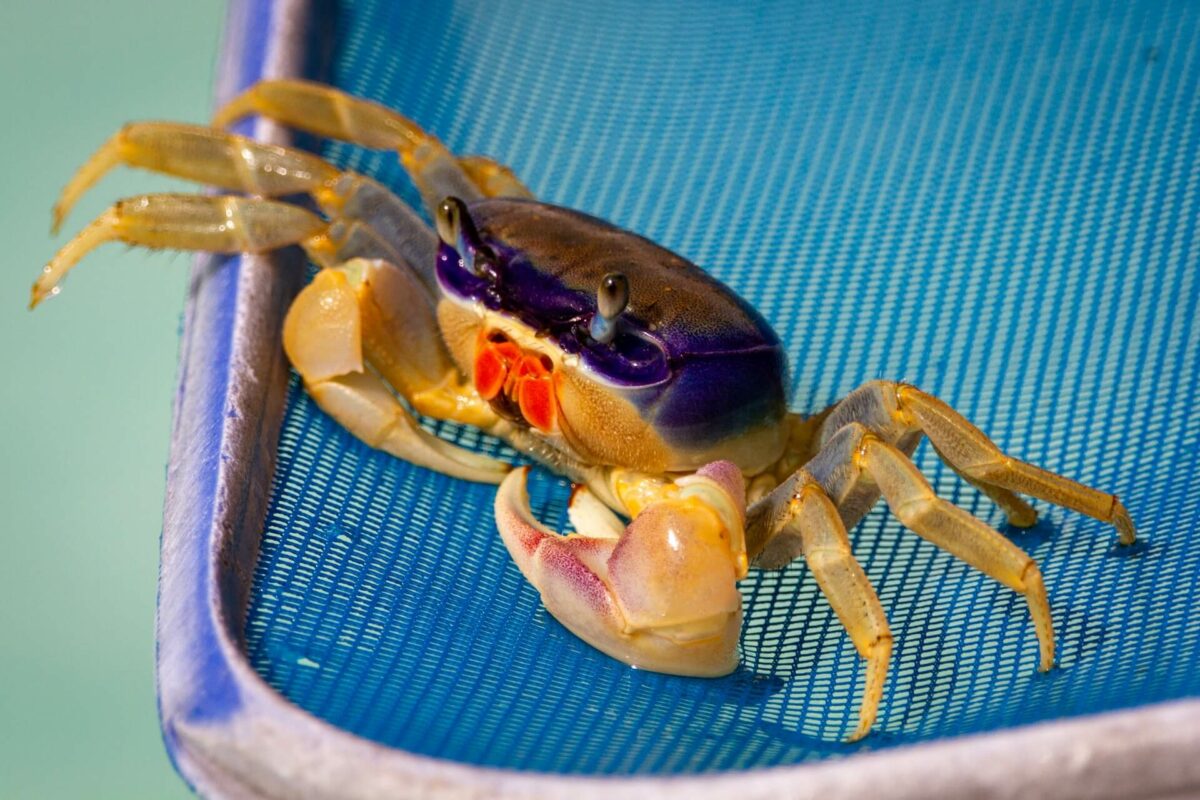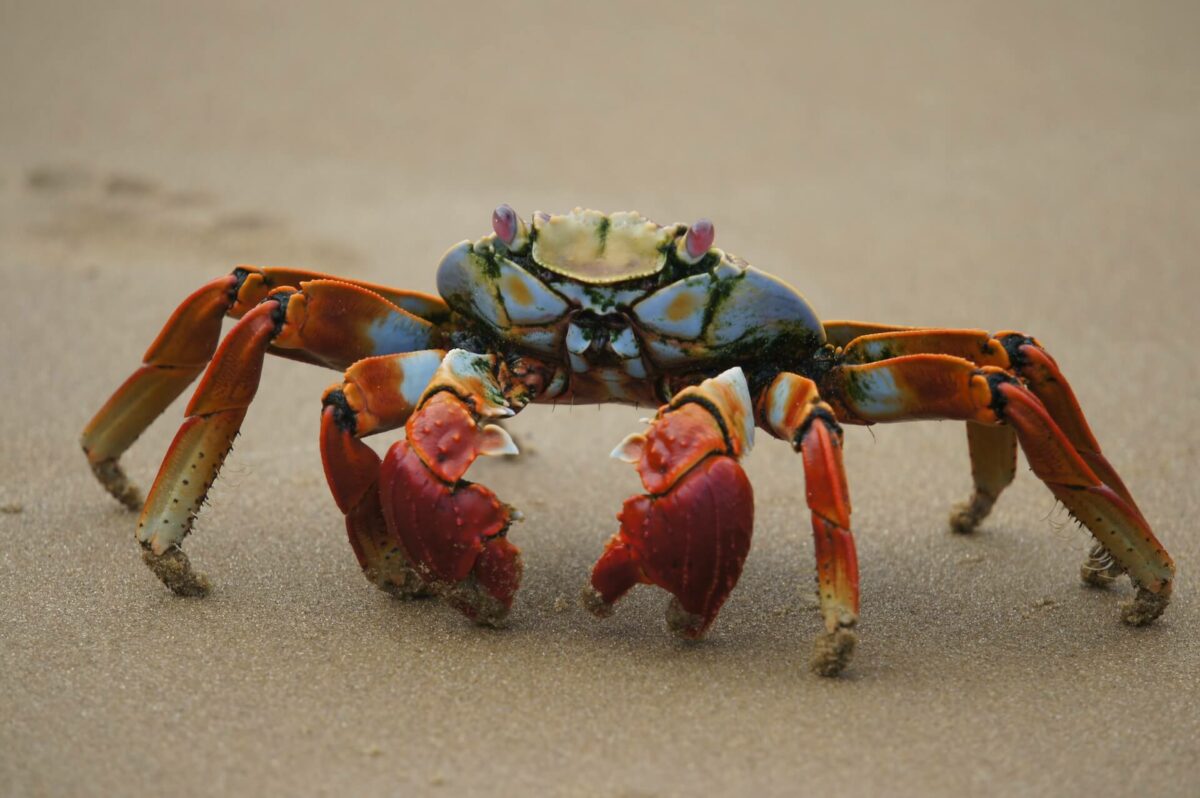Do you enjoy seafood? If so, you’re likely no stranger to a tasty crab feast, whether that’s while on vacation or on a day trip by the sea.
But have you ever wondered about what crabs eat, and specifically, are crabs cannibals?
If so, you wouldn’t be the first. This is a surprisingly common question that many find themselves wondering whilst chomping on a crab cake.
Crabs have quite the reputation for being aggressive toward one another and they certainly don’t have the same level of compassion or care as some other marine animals.
In this post, we’ll explore the fascinating world of crab behavior and take a deep dive into crab cannibalism and if it’s a myth or fact.
Are Crabs Cannibals?
Yes, crabs are cannibals. It’s quite a common behavior among many species of crabs, they’re regularly observed eating members of their own species as well as sick or injured crabs.
In many cases, crabs will eat their own babies when they get hungry and need a quick meal, but given that crabs can lay 100,000 eggs, there are plenty of babies left that will survive.
Crabs have a varied diet that includes small fish, krill, crustaceans, whelks, mussels, and much more.

In the wild, cannibalism is common among crabs and it’s thought that it may even be necessary to regulate populations and ensure their survival.
It’s important to note that not all crabs are cannibals, and those that have an abundance of prey often don’t eat other crabs at all.
Whereas in areas where crabs are condensed and prey is scarce, it’s common for crabs to snack on one another when they feel a bit peckish.
Why Are Crabs Cannibals?
There are numerous reasons why crabs are cannibals, they are highly aggressive creatures that compete for resources such as food and shelter.
Crabs that are larger and stronger may attack weaker crabs to eliminate competition for scarce resources.
It’s been suggested that crab cannibalism peaks when densities exceed 15 crabs per cubic meter, and it’s a common fate for crabs that are missing limbs, are in ill health, or have recently molted.
That’s a lot of crabs in such a small place, so it can get heated quickly and fights begin to break out.
In some species such as the blue crab, adults will frequently prey on juveniles, making meals of the young of their own species.

As mentioned earlier, crabs can lay an ENORMOUS amount of eggs, with blue crabs having an average egg mass of two million but sometimes up to eight million eggs.
It’s much easier and less time-consuming for mothers to eat their young than it is to go out and forage for food.
Whilst crabs usually only lay eggs once in their lifetime, they lay so many that they can provide food for the mother without drastically impacting populations.
Coconut crabs are known to be scavengers and will eat just about anything they can find, this approach to food may be a contributing factor as to why they eat their own young.
See, crabs aren’t exactly loving creatures that act on intelligence. Instead, they act upon instinct, so when they feel hungry they will eat whatever is available to them, including their own kind.
The reasons for cannibalism in crabs are complex, but it’s clear that this behavior is a natural part of their evolution and one that’s helped them survive in the wild.
Which Species Of Crabs Are Cannibals?
Crab cannibalism has been observed in many species, but the extent of this behavior varies depending on the species.
Whilst it’s important to note that not all crabs are cannibals, factors such as prey availability, the health of the crab, and crab densities play a role in their cannibalism.
Below is a list of crab species that are known to engage in cannibalism:
- Blue crabs
- Dungeness crabs
- Coconut crabs
- Spider crabs
- Green crabs
- Stone crabs
- King crabs
- Fiddler crabs
These crab species are no strangers to chomping down on their own kind when densities are high and they need to eat.
Again, crabs are instinctive creatures that don’t act through emotions or intelligence, and whilst they are sentient creatures they are very different from other marine species.
More On Crab Cannibalism
Crab cannibalism is a common behavior that many crabs exhibit whether in the wild or being held in captivity.
Juvenile crabs are the most susceptible to cannibalism as they’re an easy and defenseless target that offers larger crabs a meal full of protein.
Cannibalistic behavior is more common in areas that are densely packed with crabs and prey is thin on the ground.

It may even be related to sexual competition with larger crabs preferring to eat the competition to eliminate it altogether.
Some crabs have even developed defensive tactics to prevent cannibalism, such as camouflaging themselves to blend in with their surroundings so larger crabs don’t spot them.
As a whole, crab cannibalism is normal in the world of crabs and has helped them to survive and thrive in the ocean for millions of years.
Wrapping Up
To sum up, YES, crabs are cannibals. Many crab species engage in cannibalism for a variety of reasons that include eliminating competition, grabbing an easy meal, and being scavengers.
There are many crab species that are cannibals, but the extent of the behavior depends on a variety of factors including the species.
Whilst crab cannibalism may seem brutal, it’s a part of crab behavior that has allowed them to survive for millions of years.
Whether you’re a seafood lover or not, understanding the complexities of crabs and their behavior may help you have a newfound appreciation for these highly adaptable crustaceans.
Thanks for taking the time to read this post today and I hope you’ve learned something new today.
See you in the next one.

Hi, I’m George – the founder of MarinePatch. I created this blog as marine wildlife has been my passion for many years. I’ve spent over a decade in the marine wildlife industry and spent years out in the field conducting research. In today’s modern world, an online blog is the best place for me to share my findings and reach as many people as possible to help educate and inspire others. Enjoy your time here and you’re welcome back anytime!

